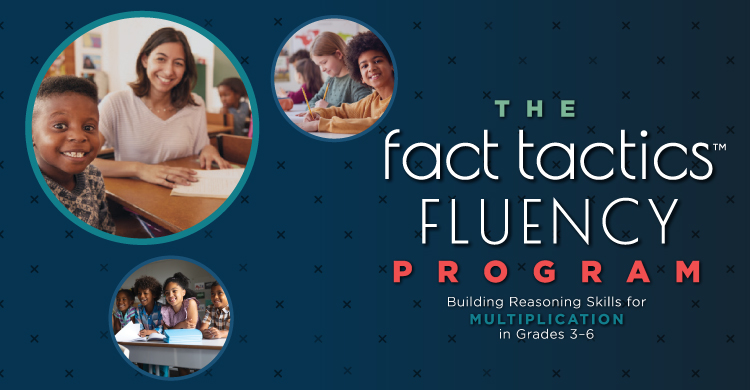“Never doubt that a small group of thoughtful, committed, citizens can change the world. Indeed, it is the only thing that ever has.”
– Margaret Mead
Wow- where has the time gone? The end of the first half of the 2015-2016 school year is approaching quickly. Collaborative teams are hard at work finalizing the assessments and instructional plans for the next few weeks leading up to winter break. They are also very aware of their current reality. As they continuously monitor their progress towards meeting their SMART (specific, measurable, attainable, results-oriented, and time-bound) goals (Neill, J et.al. 2006) their reflection on the strengths and challenges related to student achievement cause the teams to revise or create new action steps.
When working with collaborative teams from several schools and districts this month, the urgent question around the table is remarkably similar, ”What can we do differently to help students that are still struggling?” Most teams have created interventions and enrichments, have common formative assessments, and students have been given specific feedback aligned to the essential learning standards. What now? Below is a summary of some of their current challenges and our brainstorm of strategies or ideas to overcome the challenge.
| Challenge | Possible solution |
| Students not completing independent practice.
What is our collective response when students are not completing the HW? |
Use the HW Quality Diagnostic tool protocol (Kanold & Toncheff, 2014) (Link to HS Beyond the common core) https://goo.gl/pImhbg and look for ways to create a formative feedback loop for students during the independent practice.
Provide the homework for students at the beginning of a unit (at a minimum, at the beginning of the week) with sample tasks for each essential learning target. Use the sample tasks for students to self-assess throughout the unit (or week). |
| Students are not taking advantage of the re-engagement and the re-assessments on the common formative assessments?
How do we require students to re-engage in the content? How do we require students to participate? |
This challenge assumes there is a structure in place for students to receive targeted support aligned to the team’s common formative assessments. However, a culture needs to be established that, “freedom is proficiency.” How do we make sure the students in most need have a mandatory time during the day to re-engage in learning?. How do we create a privilege-based strategy to ensure students that are not demonstrating proficiency lose privileges until they are achieving at higher levels?
The Mathematics department has intervention time outside of the school day and weekly support built within the school day. The team will build-in accountability or requirement to this model to ensure the students that need the support, attend the support. Another aspect is figuring out how to require students to DO the work versus letting them opt out of completing the work. Instead of permitting the use of zeros as an option, we will align the interventions with the student needs. For example, if the students aren’t completing the homework, the intervention will be based on required support to get the homework complete. |
| The pacing of the district calendar is hard to follow.
How do we focus on quality versus quantity? |
Sometimes, we need to “go slow, to go fast”. For example, if 75% of our students are not being successful with the current pacing, we have to respond to student needs. As long as teachers are ensuring students are learning the essential learning standards, it is OK to make adjustments. As long as collaborative teams are very clear on the absolute essential learning targets of each unit, how fast or how slow can be modified based on students needs.
The collaborative teams need to build student confidence with “small wins”. When students have multiple opportunities to demonstrate mastery, collaborative teams engage the students in the assessment cycle by providing them a tool to track their growth. How can teams tap into the power of the common formative assessments and align the formative nature with the unit assessments? |
My guess is that there are students your collaborative team is teaching who might also be struggling. Yes, half of the year is nearly over….but that means there is still half of a year to close gaps and move all students to grade level proficiency. No matter what challenge you and your team face, the first step is to identify the challenge and look for opportunities to revise and focus on the impacting the results. What other ideas would you add to their action steps?
Neill, J., Conzemius, A., Commodore, C., & Pulsfus, C. (2006). The Power of SMART goals: Using goals to improve student learning. Bloomington, IN: Solution Tree.
Kanold, T.D. (Ed.) Kanold, T. D., & Toncheff, M. (2014). Beyond the Common Core: A Handbook for Mathematics in a PLC at Work. Bloomington, IN. Solution Tree
[author_bio id=”295″]







I developed an idea that Mona had sketched out on blog which placed the student at the successful teaching and highlighted assessment and effective teacher should be considering. Thanks.
http://www.ascd.org
http://Assignmenthelpuk.com/custom-writing-services/